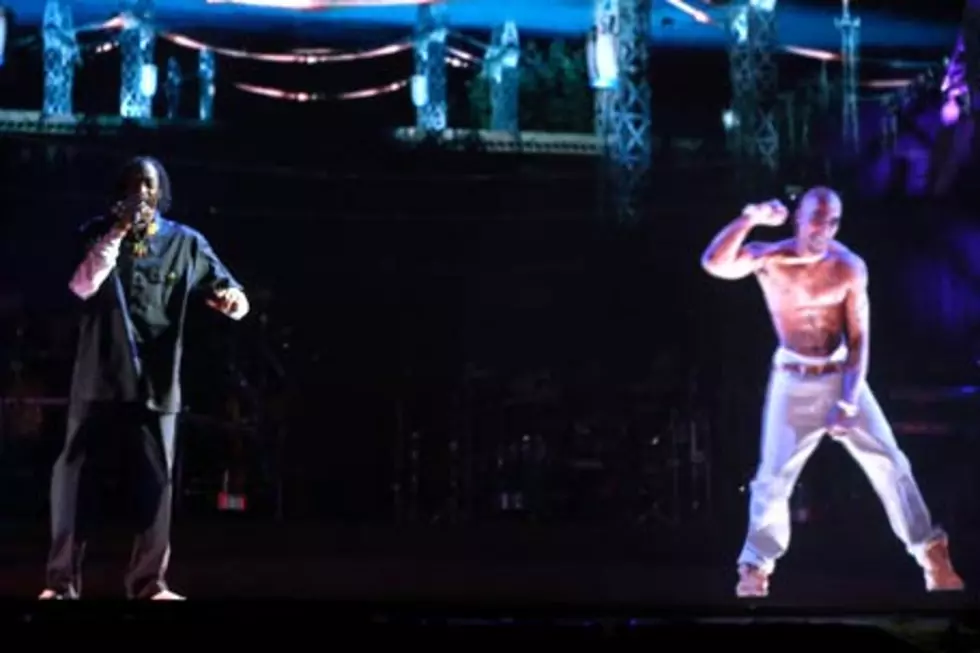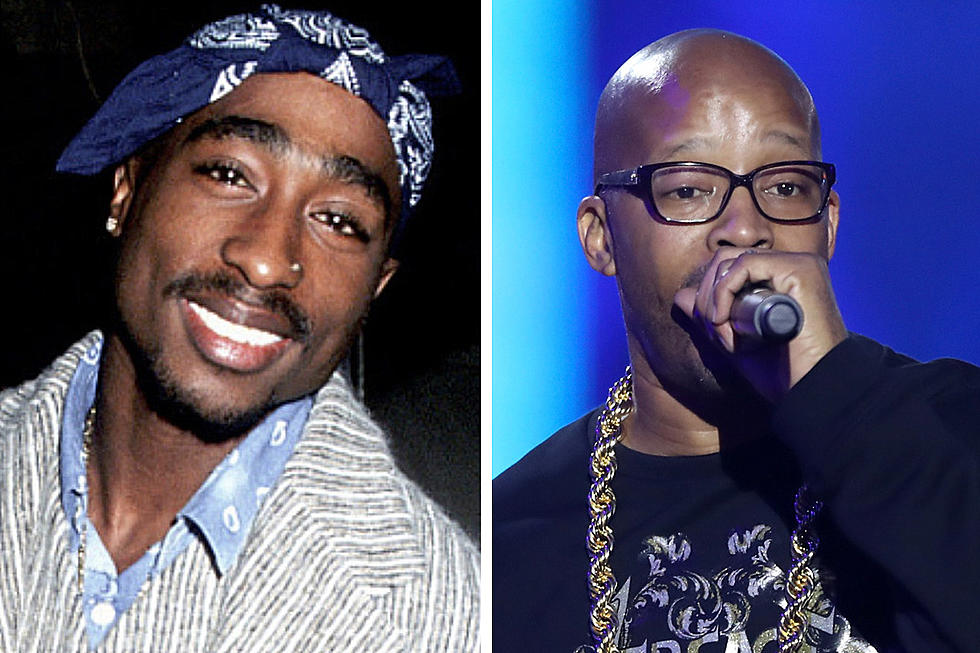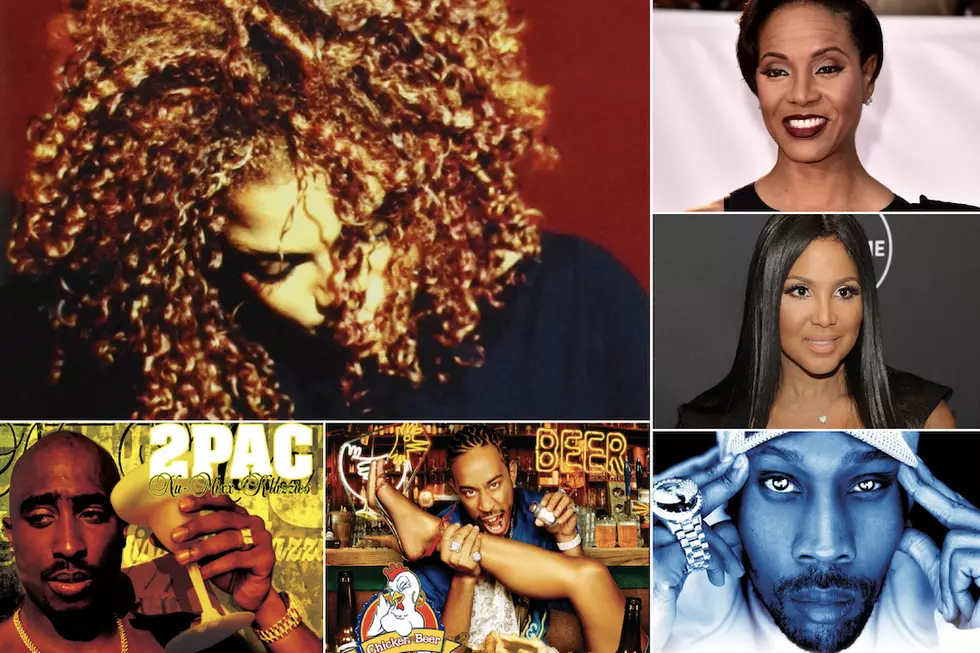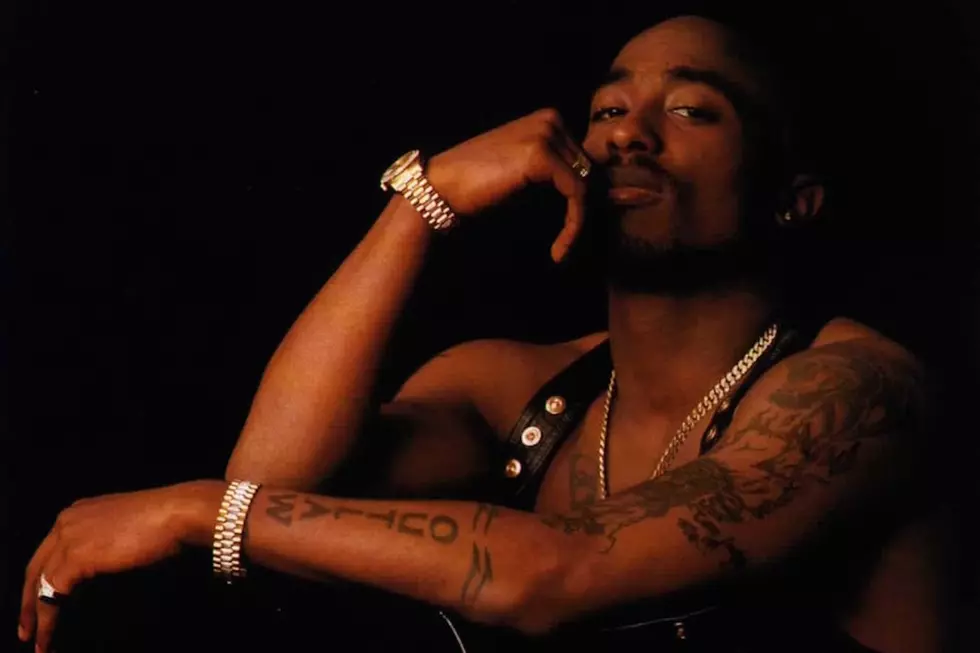
Tupac Hologram: Industry Experts Sound Off on Coachella Technology
When Tupac Shakur was killed 15 years ago, the hip-hop community mourned the loss of a visionary knowing that he'd never touch another mic or rock another stage. On Sunday night (April 15) at the Coachella Valley Music and Arts Annual Festival in Indio, Calif., 'Pac was resurrected, performing alongside Dr. Dre and Snoop Dogg, his former labelmates. The hologram took on the exact form of the rapper, down to his muscle definition, vocal inflection and baggy denims.
The crowd screamed their approval, but when the Tupac hologram shouted, "What the fuck is up Coachella?" the roar intensified, making the line between spooky fantasy and reality even more blurred. Even those who weren't in attendance at the festival were taken aback by the moment. From design experts to editors at entertainment magazines, the experience was memorable when simply watching from a computer screen.
"I did not see phantom 'Pac in-person, but the YouTube video alone gave me chills," Vibe magazine music editor John Kennedy tells The BoomBox. "There he is, Tupac Shakur. Throwing up dubs. Flipping birds. Crotch-thrusting. And then, poof -- he's ghost. After grasping random things in my apartment -- the coffee table, couch, myself -- to ensure they were real, the awesomeness of Tupac's 'Pepper's Ghost' hit me. Wow. This is incredible."
Last year, when Meek Mill boasted of Tupac's return on his Rick Ross-assisted hit "Tupac Back," no one could have imagined it actually happening, much less onstage in the middle of the California desert. "Why'd Tupac decide to make a public appearance at the Coachella Festival?" Dallas Penn of the Combat Jack Show quips. "Hip-hop music's arguably greatest icon came back from the dead on Greek orthodox Easter at a hippy music convention. I'm surprised Holo-Tupac didn't jump on a track from Mac Miller yet, or maybe Machine Gun Kelly."
The decision to have Tupac at Coachella took endless planning from multiple camps. San Diego's AV Concepts met with Dr. Dre months ago to discuss his vision of bringing Pac back to life. After receiving permission from the legend's mother, Afeni Shakur, the hologram was created in just under four months and the company quotes the price of a comparable image anywhere from $100,000 to $400,000.
"It was an ingenious use of technology," says Amanda Seales, co-host of MTV's new late-night talk show, "Hip Hop POV." "I loved it."
Jake Paine, editor-in-chief of HipHopDX.com was hesitant when he first heard news of the rap hologram's inclusion on stage. "Initially, I was on the fence about the idea of Tupac or Nate Dogg appearing as a hologram," he admits. "Coachella 2012 proved that it could be artfully and tastefully done -- and with 'Pac's family's blessing. Now my only hope is that the copycats are careful to uphold this new level of quality."
The general consensus is that Tupac's hologram was appreciated by fans of the culture, as eerie as his image was to see come alive.
"The Tupac hologram was amazing," says Charlamagne tha God, a host on Power 105's The Breakfast Club morning show. "One of the most innovative things I've ever seen in music, period. I've seen people use holograms before but they are usually from old performances. This hologram actually had a mind of its own. Shouting out Dre and Snoop. Shouting out Coachella. Shit was dope."
Andrew Thiele, founder and head designer at Artek, a New York City-based boutique design agency for clients ESPN, American Express, Def Jam and Shady Records, among others, agrees. "It was groundbreaking on all levels," he states. "Not only did it set the bar in terms of technology, but it gave viewers something they never experienced before."
As incredible as it was to see Tupac run through a couple verses from "2 of Amerikaz Most Wanted" and "Hail Mary," it was equally heartbreaking because nothing, including a very realistic hologram, could replace hip-hop's most conflicted star. Even in knowing that, Tupac's revival was especially moving as it introduced him to the younger generation who may or may not have been born during the days when he led the hip-hop industry.
"Of course some people were weirded out, or even upset by it; the Internets love to be mad about these types of things," says Kennedy. "But we should be proud that one of hip-hop's greatest icons is pioneering an amazing advancement in live concert experience, even if from the grave. Not Elvis, not Lennon, but 'Pac."
Paine shares the sentiment. "I'm thrilled that my favorite rapper of all-time and his impact can be re-channeled to new audiences," notes Paine. "The same way somebody like Marvin Gaye was treated with Erick Sermon's 'Music' video a decade ago."
For a few moments Sunday, under a starry night sky, fans embraced the Tupac hologram, knowing that although he's been gone 15 years, his spirit still lives on.
More From TheBoombox









